The Cutting Edge: Choosing the Right Scissors
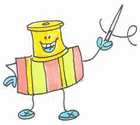 When scissor blades slide by each other, the resulting cut can be the intended one or a disaster, with the outcome largely predetermined by the scissors’ design, construction, strength and suitability for the task being performed.
When scissor blades slide by each other, the resulting cut can be the intended one or a disaster, with the outcome largely predetermined by the scissors’ design, construction, strength and suitability for the task being performed.
Technically, scissors are generally 3 to 6 inches long and have equal size ring handles; shears, 6 inches or longer, have a ring handle for the thumb and larger handle for two or three fingers.
Selection:
Scissors should perform almost as an extension of fingers and seamstresses should have a selection of excellent and appropriate scissors. To be avoided are such frustrations as forcing the blades to cut, using blunt ends where only sharp points will reach, cutting in the air instead of on the table, and cramping the fingers by using uncomfortable handles or too heavy shears.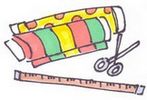
Fabric Cutting:
For fabric cutting, scissors should cut easily through the paper patterns, as well as layers of material. Bent handles will keep the entire operation on the table, while straight handles will force a lifting of the scissors, pattern and fabric, resulting in sagging of the fabric and possibly an inaccurate cut. Cutting should be done in long even strokes, blades never completely closing.
At the Sewing Machine:
When at the sewing machine, use thread clipper scissors, sewing scissors (for snipping, ripping, cutting light material, slashing seams, and other close work), and shears for cutting heavy seams.
Buttonhole scissors make perfect buttonhole slits and are uniform in size.
Pinking Shears:
Pinking and scalloping shears give ravel resistant seam finishes and, in addition, pay for themselves by cutting decorative trims of non-woven materials, such as suede, felt and plastic.
Quality:
Good quality scissors and shears can be sharpened and adjusted, will not rust, and will outperform ones of poor quality and construction.
Care:
Only a minimum of care is needed. They should be kept clean by cleaning off the lint after each use. The screw should be lubricated with sewing machine oil occasionally. Avoid cutting
over pins, and protect the points during use and when they are stored. Use the scissors and shears only in ways and on materials for which they were intended, and they will last for a good number of years.
About the author: Sarah J. Doyle is author of over 25 sewing, craft and how-to
books, plus online pattern making, sewing and
craft classes. Visit SewWithSarah for books, classes, newsletters, hints and tips, or PatternsThatFitYou for pattern making and alteration classes.
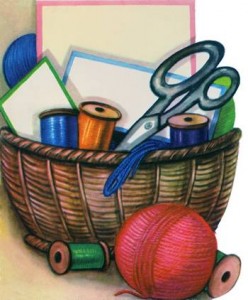

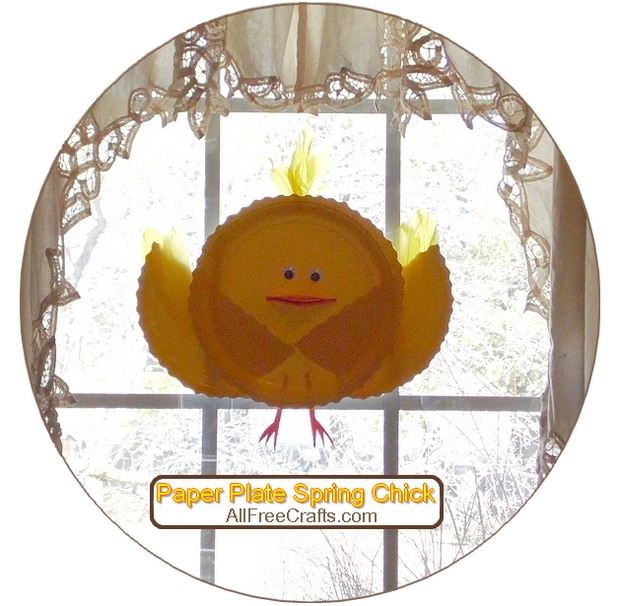

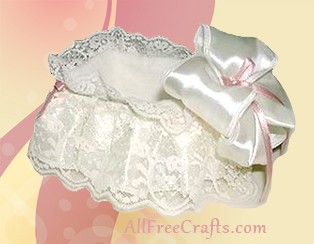
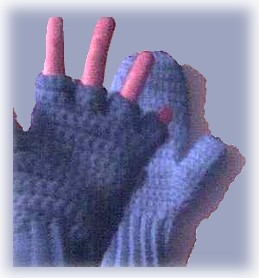
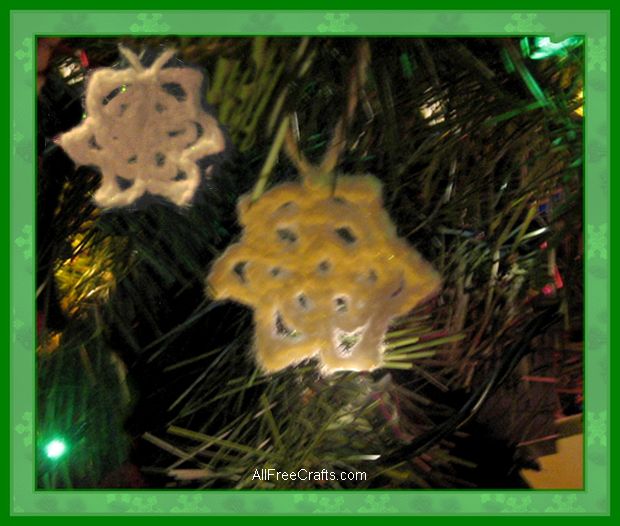
Leave a Reply